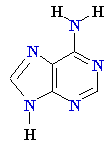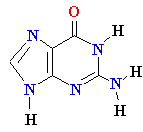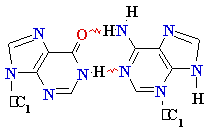
 Translation
Translation






| 1st position | 2nd position |
3rd position |
|||
| (5' end)--> |
|
C |
A |
G | (3' end)--> |
| |
Phe Phe Leu Leu |
Ser Ser Ser Ser |
Tyr Tyr STOP STOP |
Cys Cys STOP SelenoCys Trp Mitochondria Trp |
C A G |
| C | Leu Leu Leu Leu |
Pro Pro Pro Pro |
His His Gln Gln |
Arg Arg Arg Arg |
C A G |
| A | Ile Ile Ile Met init |
Thr Thr Thr Thr |
Asn Asn Lys Lys |
Ser Ser Arg Arg |
C A G |
| G | Val Val Val Val |
Ala Ala Ala Ala |
Asp Asp Glu Glu |
Gly Gly Gly Gly |
C A G |
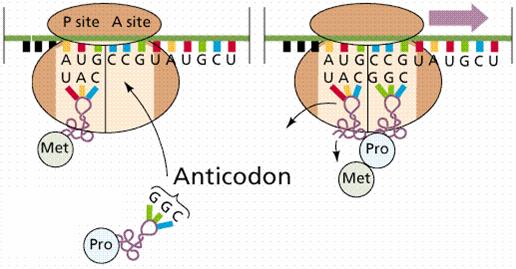
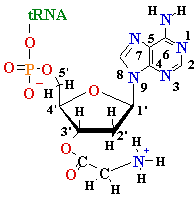
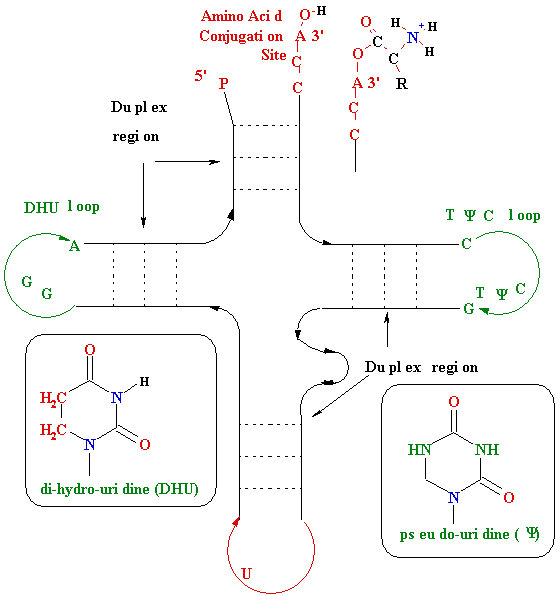



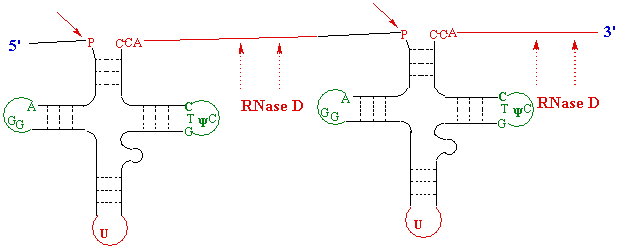

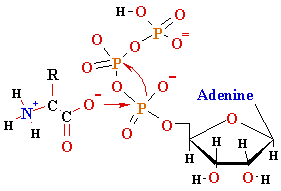

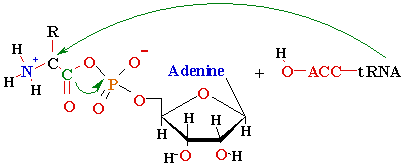
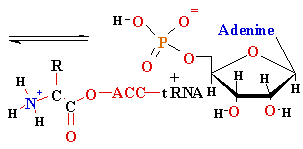
 ¬
Difference ®
¬
Difference ®
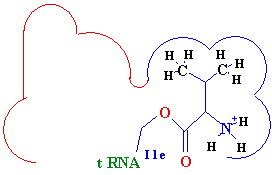
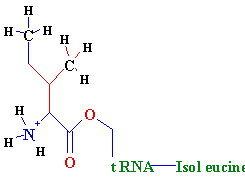

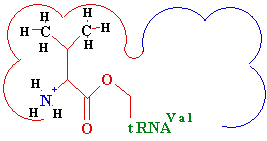 ¬
Difference ®
¬
Difference ®

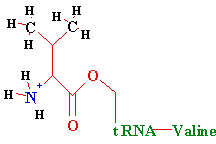
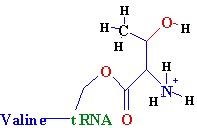

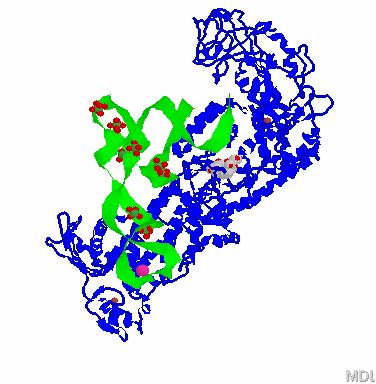

| 1st position | 2nd position |
3rd position |
|||
| (5' end)--> |
|
C |
A |
G | (3' end)--> |
| |
Phe Phe Leu Leu |
Ser Ser Ser Ser |
Tyr Tyr STOP STOP |
Cys Cys STOP SelenoCys Trp Mitochondria Trp |
C A G |
| C | Leu Leu Leu Leu |
Pro Pro Pro Pro |
His His Gln Gln |
Arg Arg Arg Arg |
C A G |
| A | Ile Ile Ile Met init |
Thr Thr Thr Thr |
Asn Asn Lys Lys |
Ser Ser Arg Arg |
C A G |
| G | Val Val Val Val |
Ala Ala Ala Ala |
Asp Asp Glu Glu |
Gly Gly Gly Gly |
C A G |
